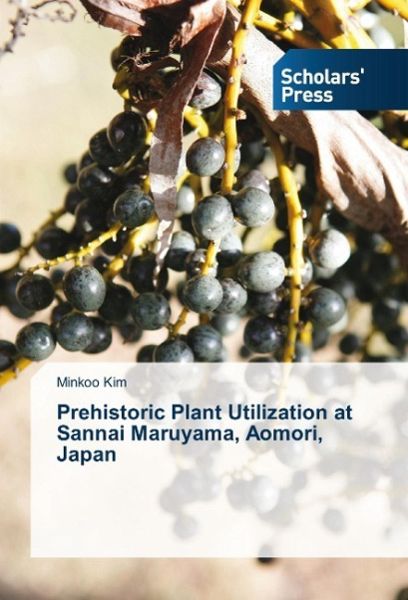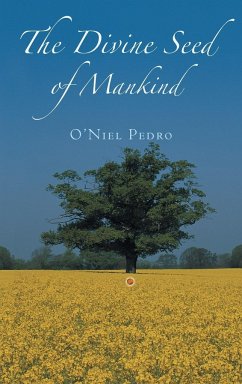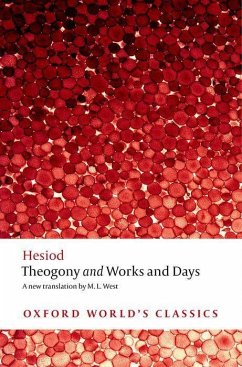
Prehistoric Plant Utilization at Sannai Maruyama, Aomori, Japan
Versandkostenfrei!
Versandfertig in 6-10 Tagen
55,99 €
inkl. MwSt.

PAYBACK Punkte
28 °P sammeln!
This book sheds light on the patterns of plant utilization at Sannai Maruyama, a Jomon-period site located in Aomori, Japan. The Jomon period encompasses a great expanse of time from about 12,000 to 300 BC and its subsistence economy was primarily based on hunting, gathering and fishing. By examining macrobotanical seed and wood remains collected from the waterlogged middens of the site, the book explores how the site occupants changed their plant utilization patterns over the period of ca. 4000 to 3350 BC.












